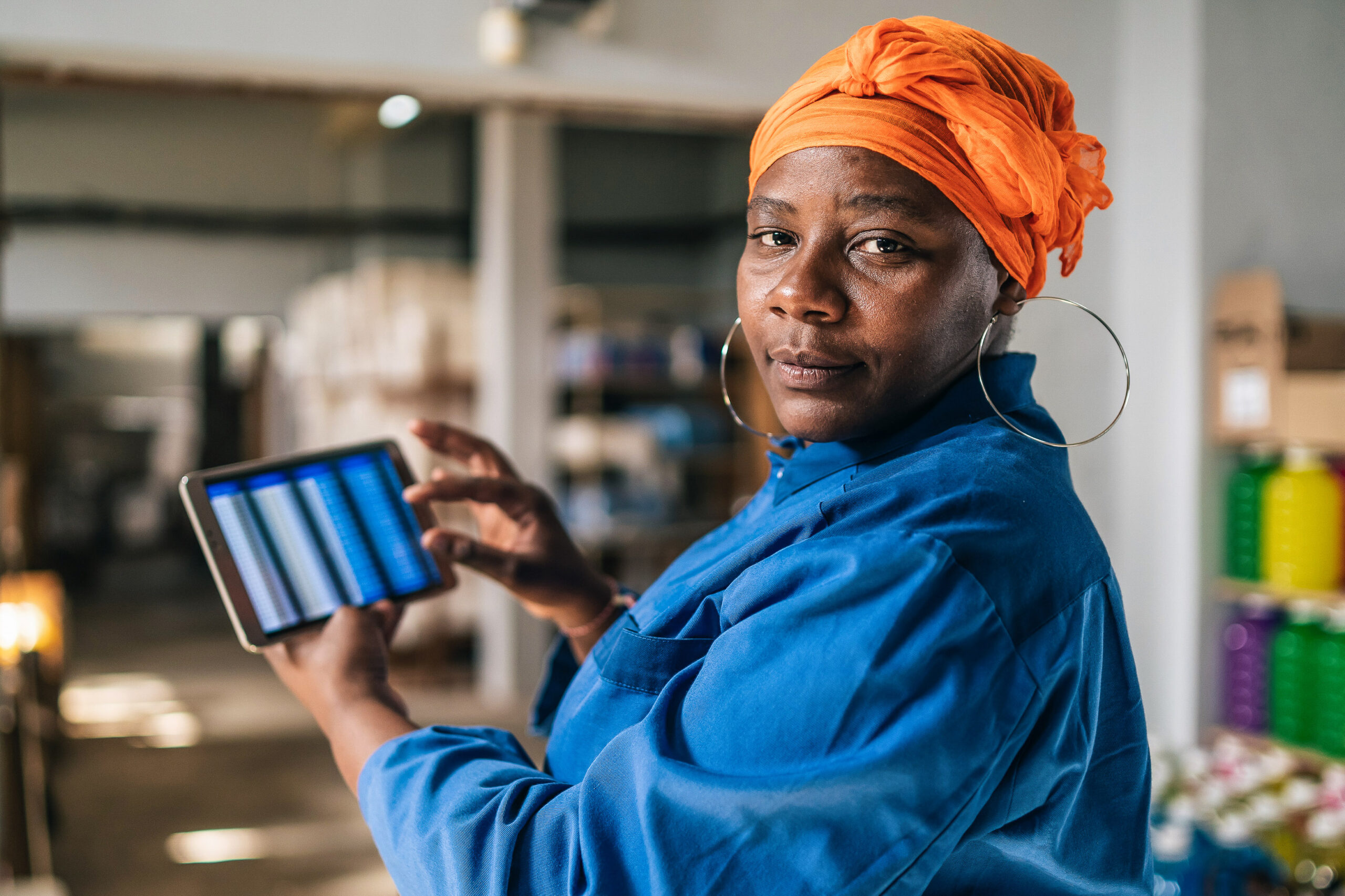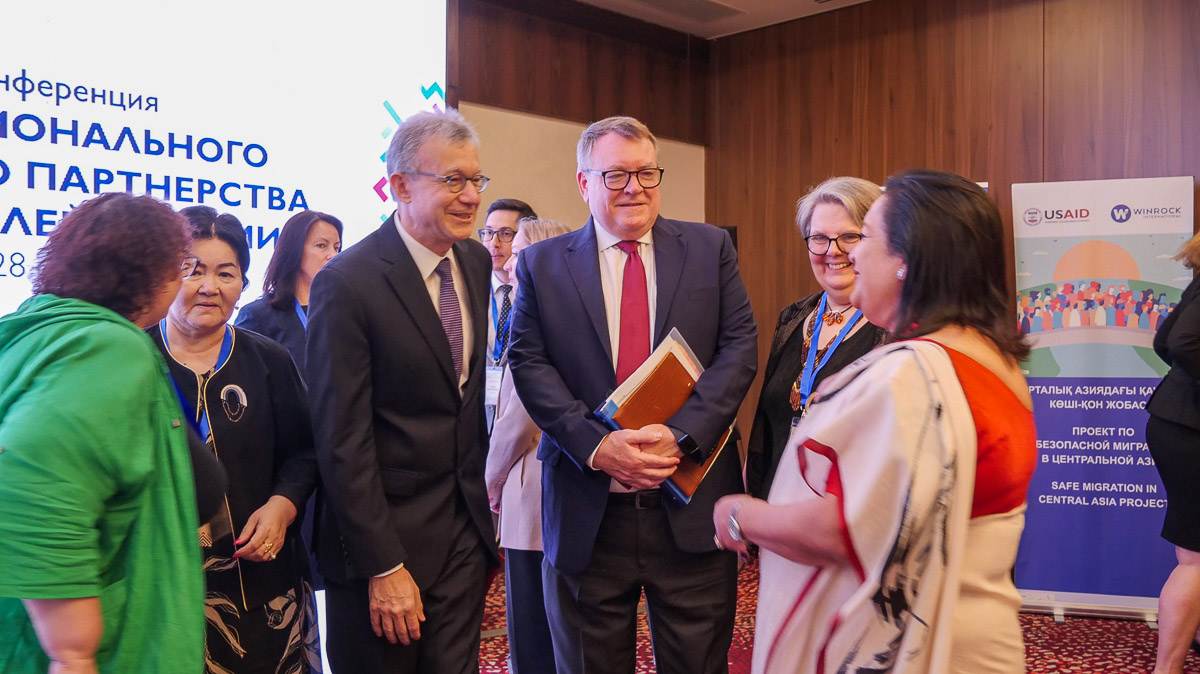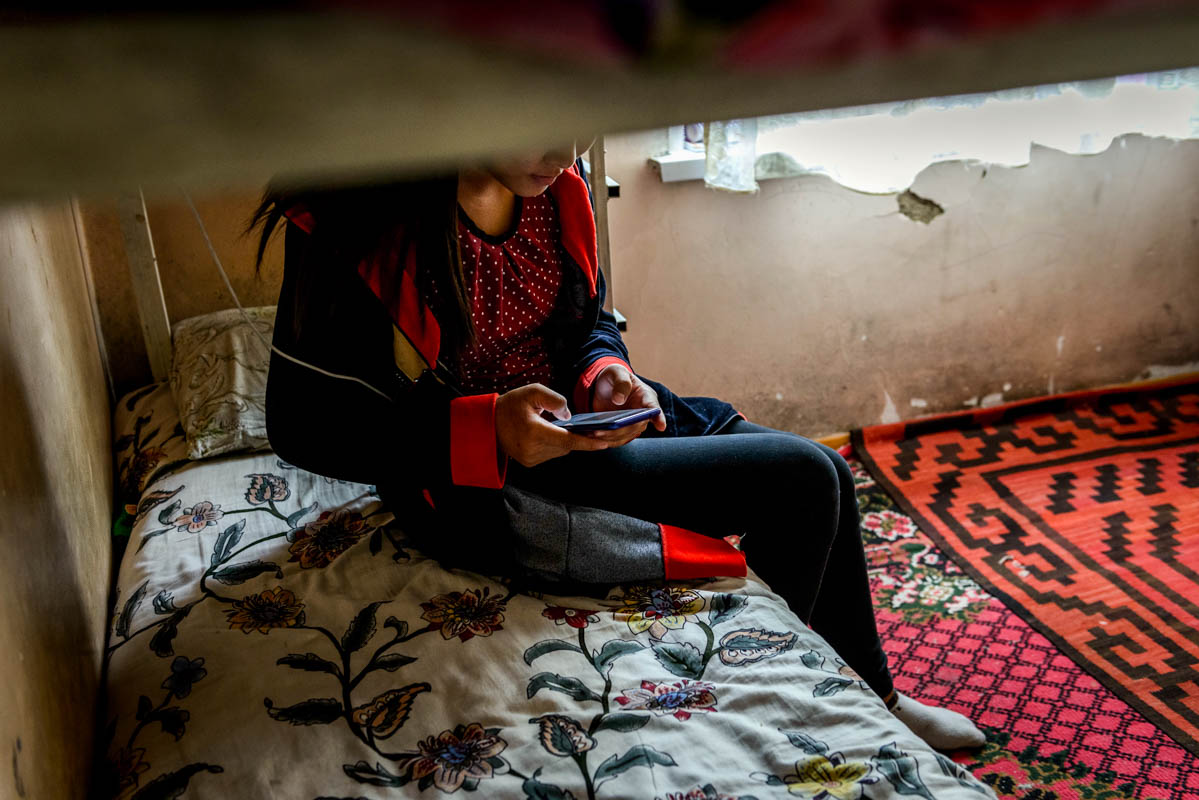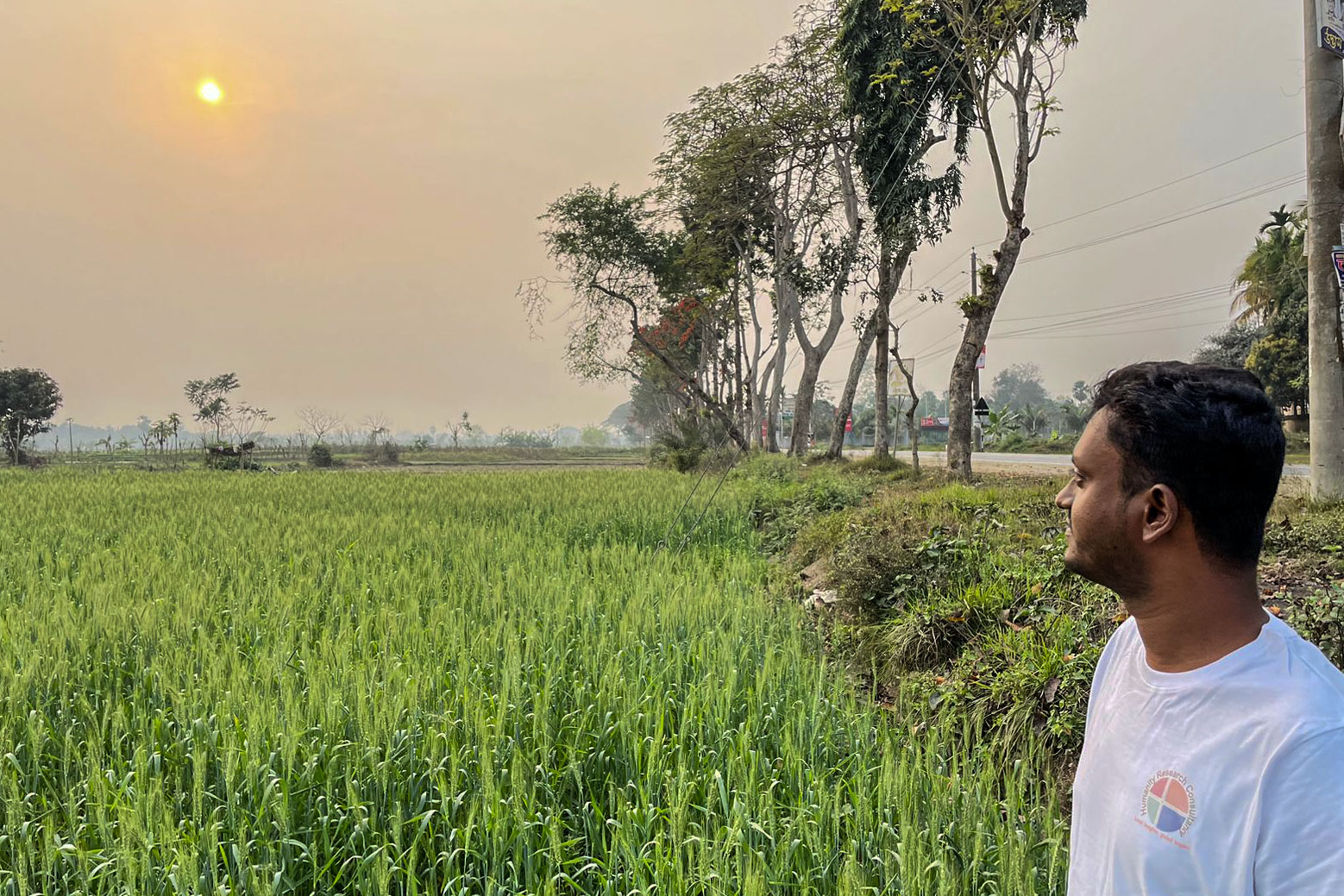August 2023

The keys to inclusive small business success in the South: Affordable finance and pro advice
August 29, 2023
For small business owners in the U.S. South like Tandra Jordan, Darius Walker and Jerrell Simpson, failure was never an option. But it was always looming. Jordan is a single mom with two kids working full-time as a claims adjuster while trying to keep up with a fast-growing cleaning business in Little Rock, Ark. Walker […]
Central Asian governments boost efforts to combat trafficking in persons
August 21, 2023
Just before World Day Against Trafficking in Persons 2023, representatives of Central Asian governments and civil society partners gathered at a conference in Astana, Kazakhstan, to share their experiences, knowledge and successes combating trafficking in persons. Winrock President and CEO Rodney Ferguson joined a panel to discuss Winrock-implemented counter-trafficking projects in the region, including the […]
Research into Action: U.S. Counter-Trafficking Leaders Discuss 2023 TIP Report
August 10, 2023
The 2023 U.S. Department of State (USDOS) Trafficking in Persons (TIP) Report, now in its 23rd year, is an annual global reference point for governments, civil society and citizens leading the fight against trafficking in persons. It is also a guide for the diverse programming that the U.S. government supports annually to combat TIP through […]
Helping others return home
August 1, 2023
Salam, 26, used to work in the textile industry in Bangladesh. However, as the main financial provider for his family of seven, it was hard for them to survive on his salary. So, in 2022, after hearing about a great job opportunity from a friend’s uncle, he pursued the position as a computer operator in […]